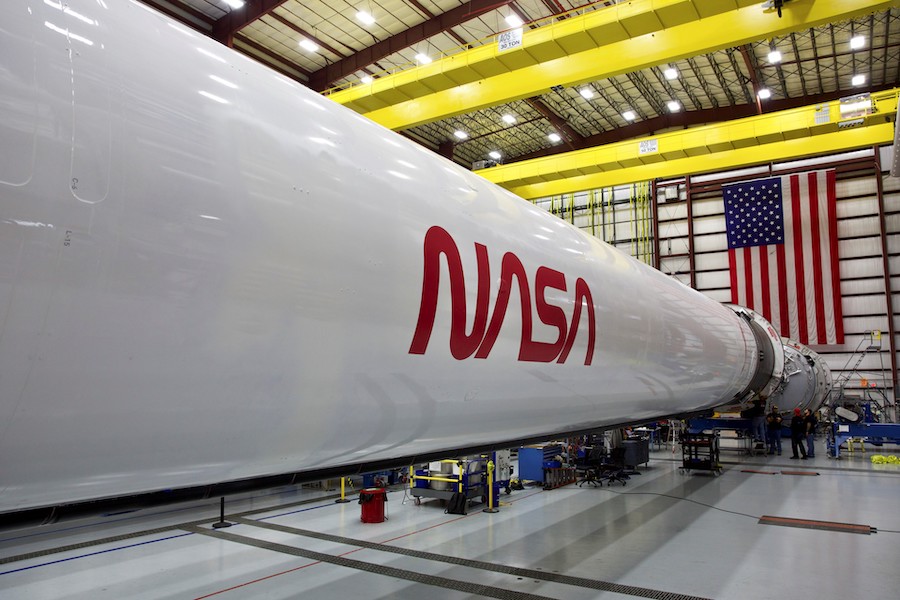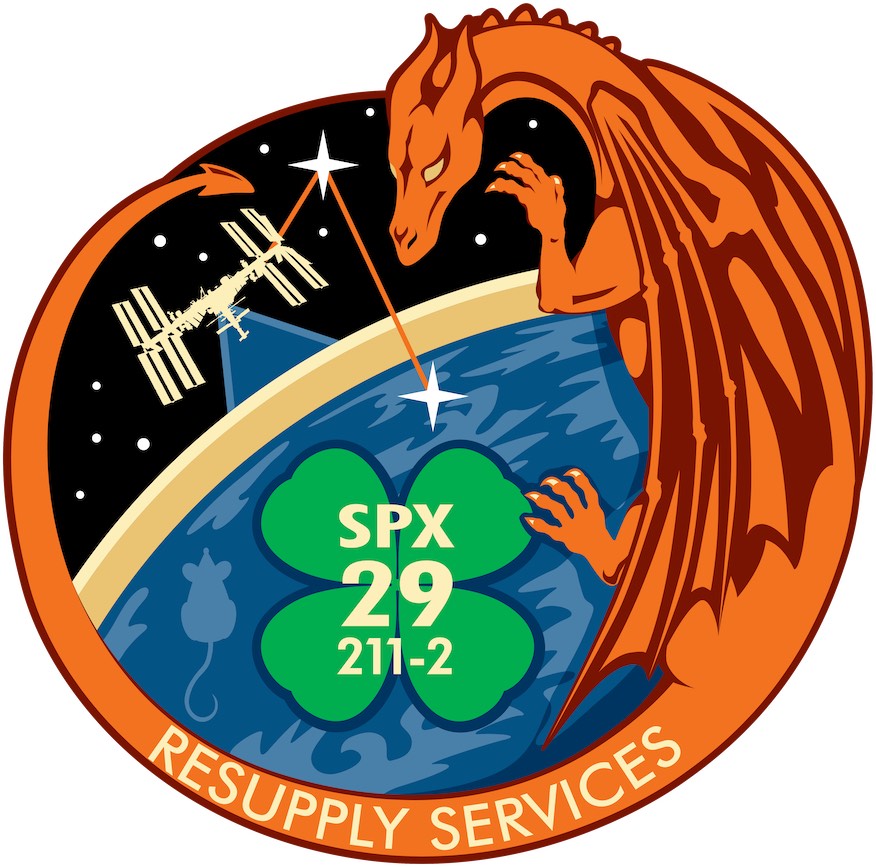SpaceX broke another re-flight record on Friday evening with the launch of 23 more Starlink satellites on a Falcon 9 booster making its 18th flight.
The Starlink 6-26 mission launched from Space Launch Complex 40 (SLC-40) at Cape Canaveral Space Force Station at 8:37 p.m. EDT (0037 UTC on Nov. 4). It sent 23 Starlink V2 Mini satellites up to low Earth orbit, which will bring the total Starlink satellites launched in 2023 up to 1,711.
The booster for this mission, tail number B1058, is the oldest, currently flying Falcon 9 booster. It first flew on May 30, 2020, launching former NASA astronauts Bob Behnken and Doug Hurley to the International Space Station on the Demo-2 mission. This was the first flight of the Commercial Crew Program with astronauts on board. SpaceX has since flown seven crew rotation missions up to the orbiting outpost, in addition to two private astronaut missions.
Following liftoff, the booster landed on the droneship, ‘A Shortfall of Gravitas,’ about eight-and-a-half minutes into the mission.

As SpaceX continues working towards adding Dragon capabilities to SLC-40 with a new crew access tower, Friday night’s mission will marked the 152nd orbital launch for the company since it began using the launch pad. This will be the 207th overall launch from this site.
While SpaceX launched its 52nd Starlink launch of the year, it’s also working towards another mission over at Launch Complex 39A at NASA’s Kennedy Space Center. On Thursday, NASA announced another two-day slip to the launch. It’s the third time the mission has been delayed due to an issue with one of the Draco thrusters on the Cargo Dragon that will fly the mission. Launch was previously scheduled for Nov. 3, 5 and 7.
“During the initial propellant load in preparation for the CRS-29 mission, teams identified a leak of NTO (nitrogen tetroxide oxidizer) in a Draco thruster valve, which per standard procedure required a pause to the operation to troubleshoot,” NASA said in a statement. “The team inspected the valve and respective data, and decided to replace the thruster.”
The 29th SpaceX mission for the Commercial Resupply Services program is currently targeting launch at 8:28 p.m. EST on Nov. 9 (0128 UTC on Nov. 10).





